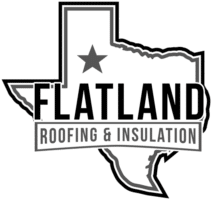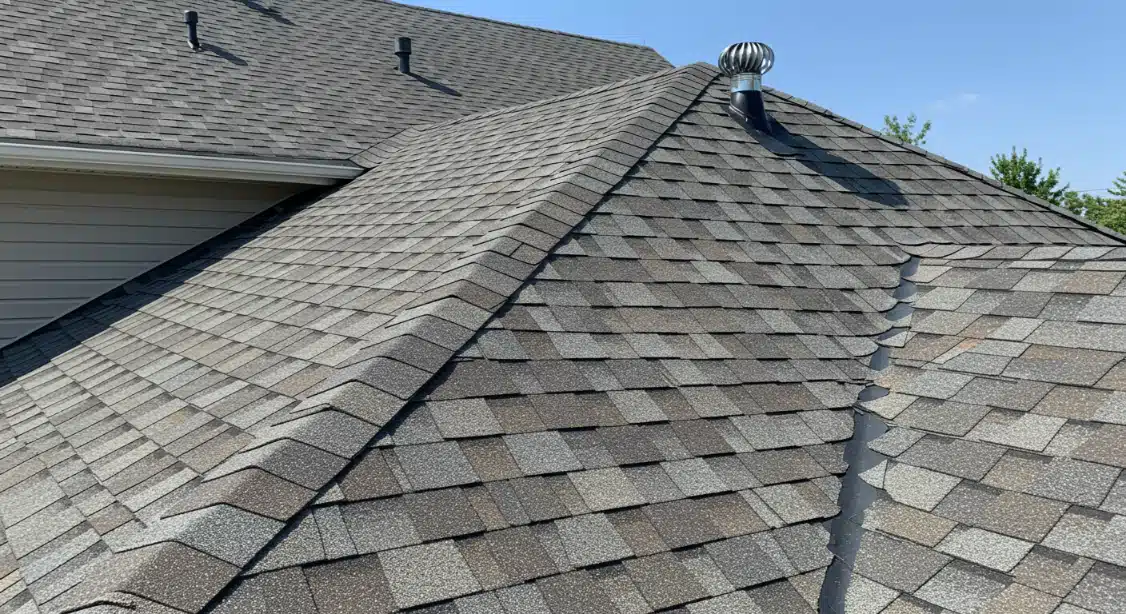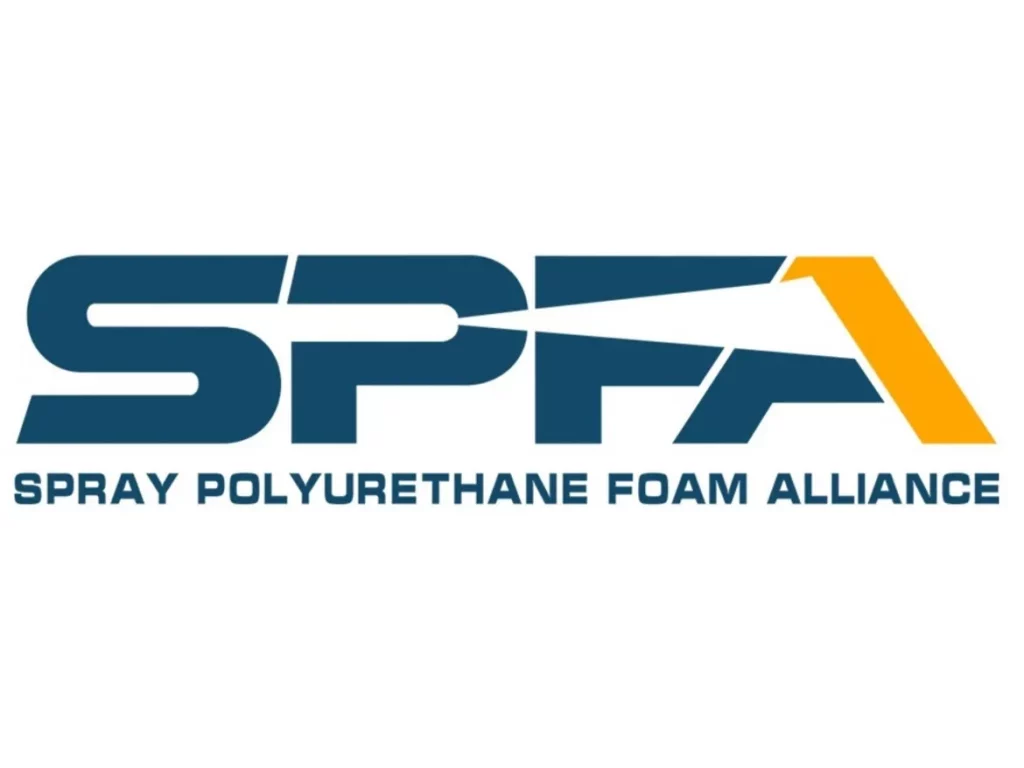At Flatland Roofing & Insulation, we’ve walked thousands of roofs across the Texas Panhandle. We know the stress a homeowner feels when the shingles start curling, the flashing pulls away, or a storm rolls through and suddenly you’re dealing with leaks you didn’t expect. That’s why we created this comprehensive guide because your roof isn’t just another part of your home. It’s what stands between your family and the elements. This isn’t generic advice. This is everything you need to know, from people who fix roofs every day.
We’re not here to overwhelm you with jargon or upsells. We’re here to give you the clearest, most practical information possible, based on years of experience. If you’re looking to make the right decisions for your home, protect your investment, and work with a team that gets the job done right the first time this guide is your starting point.
How to Know When It’s Time for a New Roof
One of the most common questions we hear is, “How do I know if I need a new roof?” That’s not a small decision, and it shouldn’t be treated like one. Roofs don’t always fail all at once. Sometimes, the warning signs are subtle, and sometimes they’re catastrophic.
Spotting the Signs of Roof Failure
A few things to keep an eye on:
- Missing, cracked, or curling shingles
- Dark streaks or sagging areas
- Granules collecting in gutters
- Moisture or stains in the attic or ceiling
If you’re seeing any of those, it’s time to bring in a professional. We’ve inspected roofs where the damage looked small on the surface but revealed major structural problems underneath. A proper assessment could mean the difference between a simple repair and a full replacement.
Why Homeowners in Texas Call Flatland First
The climate here doesn’t cut any corners. High winds, hail, intense sun it all takes a toll. That’s why our materials, techniques, and inspections are built around the realities of life in Texas. Our crews are trained to recognize the weather-specific issues that affect homes in our region.
Choosing the Right Roofing Material for Your Home
Not every material fits every home or every budget. What works for your neighbor might not be the best fit for you. Our job is to help you choose based on performance, lifespan, cost, and how much maintenance you’re comfortable with.
Asphalt Shingles vs. Metal Roofing: Pros and Cons
Asphalt shingles are the most popular residential roofing material for a reason. They’re cost-effective and easy to install. But in areas prone to hail, metal roofing offers longer lifespan and resilience. Both have benefits shingles are lower upfront cost, while metal resists storm damage better and may reduce cooling costs.
We walk homeowners through real comparisons, not sales pitches. You’ll get honest recommendations based on your priorities and what we’ve seen hold up well over time.
What Makes a Roof Material “Right” in Texas?
We’ve installed roofing systems that looked great on paper but failed in real-world Texas weather. That’s why we always factor in:
- Local weather patterns
- Energy efficiency needs
- HOA restrictions (if any)
- Long-term maintenance expectations
We’ve seen how the wrong choice can lead to repeat repairs. The right roof is one that lasts—and keeps your energy bills in check.
What to Expect During a Roof Replacement
People don’t always realize how involved a full roof replacement is until they’re living through it. We keep the process smooth, predictable, and transparent.
Step-by-Step Roof Replacement Process
Here’s what it looks like when you work with Flatland Roofing & Insulation:
- Detailed inspection and proposal
- Material selection and scheduling
- On-time arrival and full crew deployment
- Tear-off and deck inspection
- Installation of underlayment, flashing, and shingles or metal
- Cleanup and final walk-through
We treat your home like it’s our own from the protection of landscaping to the sweep of nails from your driveway.
Working With a Local Team You Can Trust
Our crews aren’t strangers or subcontractors. They’re part of our team, based right here in the Panhandle. That means accountability. If there’s ever a concern, you don’t call a 1-800 number you call us. And we show up.
Roofing Maintenance That Saves You Money Long-Term
A well-maintained roof lasts years longer than a neglected one. It’s that simple. But most homeowners don’t know what “roof maintenance” really means.
Annual Inspections Catch Issues Before They Get Expensive
We recommend a yearly inspection, especially after a major storm. It gives us a chance to catch:
- Nail pops
- Lifted shingles
- Small leaks
- Flashing deterioration
Fixing those small issues early can prevent a full roof failure later.
Why Maintenance With Flatland Pays Off
Our maintenance services don’t just check boxes. We use inspection time to help homeowners make smart decisions. If your roof’s still in great shape, we’ll say so. If it’s time to start planning for replacement, we’ll walk you through that not pressure you into it.
Your Path to a Protected Home Starts Now with Flatland Roofing & Insulation
There’s peace of mind that comes with knowing your roof is solid. At Flatland Roofing & Insulation, we don’t just fix problems—we help you avoid them altogether. Whether you’re planning ahead, dealing with storm damage, or wondering what your options are, we’re here to give you clear answers and do the job right.
If you’re ready to protect your home, lower your long-term costs, and work with a roofing team that treats your house like it’s their own, we’re one call away.
Flatland Roofing & Insulation
📞 (806) 606-6794
📧 [email protected]
Have More Questions? We’ve Got Answers
What’s the average lifespan of a residential roof in Texas?
Shingle roofs typically last 15–25 years. Metal roofs can last 40 years or more. But weather, installation quality, and maintenance all play a big role.
How long does it take to replace a roof?
Most residential replacements take 1–2 days. Larger or more complex roofs may take longer, but we’ll give you a clear timeline upfront.
Do I need to leave my home during replacement?
No. Most of our clients stay home during the process. It will be noisy, but not unsafe.
How do I know if my roof was damaged in a storm?
Look for missing shingles, dents in gutters or vents, or leaks inside. We offer free post-storm inspections to help you be sure.
Can I patch a leaking roof myself?
You might temporarily stop the leak, but without addressing the source, it’ll come back. Professional inspection is always the safer call.
What type of roof is best for hail resistance?
Class 4 impact-rated shingles and metal roofing are both strong options. We can walk you through which fits your home best.
Will insurance cover my new roof?
If damage is from a covered event like hail or wind, likely yes. We’ll work with your insurer to streamline the process.
What’s included in a Flatland Roofing inspection?
We check decking, shingles, flashing, ventilation, and signs of moisture damage. You’ll get a full report, not just a yes/no answer.
Do you handle insurance claims?
Yes. We’ve worked with adjusters across all major carriers. We help document damage and make sure you get what you’re owed.
How do I schedule a roof inspection?
Just call (806) 606-6794 or email [email protected]. We’ll get you on the calendar.






